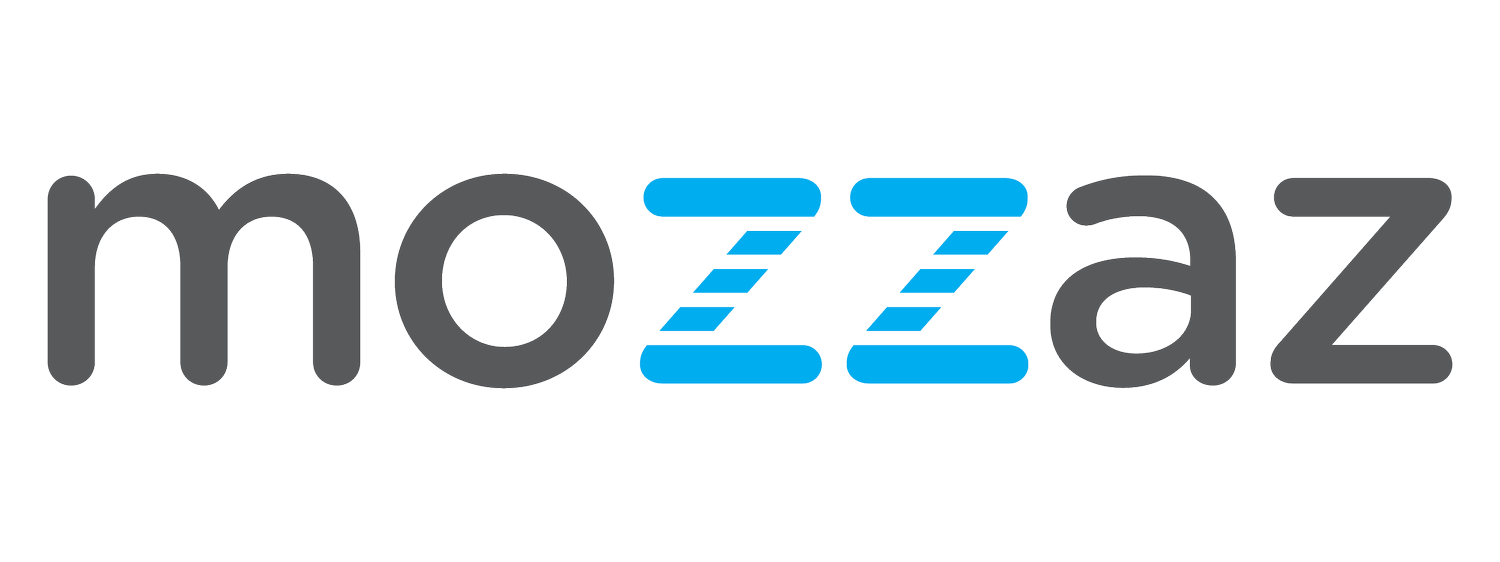Remote Blood Pressure Monitoring: An Essential Tool for Hypertension Management
Hypertension, also known as high blood pressure, is a pervasive and serious health issue in the United States. Managing circulatory health is important as an excessive amount of pressure in one’s arteries can cause an undue amount of strain on the heart, leading to a significantly higher risk of heart disease and stroke.
A key weapon doctors have in the fight against this insidious disease is information. Analyzing a patient’s daily blood pressure readings can help identify potential causes of hypertension and factors that may exacerbate the condition. Although blood pressure is easy enough to monitor in a controlled environment, such as a doctor’s office or hospital room, it is quite another story when the individual is going about his or her day outside of a clinical setting. Remote blood pressure monitoring can be of great benefit to physicians managing patients with high blood pressure. The constant stream of data gives valuable, more frequent insights that can drive more effective treatment decisions.
Hypertension by the Numbers
What makes hypertension such a threat is how much damage it can do when it is not managed properly. Not only can it lead to a much higher risk of heart disease and stroke, but it alone is responsible for the death of nearly half a million Americans each year. Approximately 45% of all adults in the United States have hypertension, which is defined as systolic blood pressure of 130 mm Hg or greater. Of those, less than one-quarter have the condition under control. About 37 million American adults have systolic blood pressure of 140 mm Hg or higher, which puts them in substantially higher danger than those with lower levels. It is believed that the cost of this disease — in all its forms — averages $131 billion a year in the United States.
How Can Remote Patient Monitoring Help?
Many people today already wear smartwatches, fitness trackers or other devices that track vital signs like heart rate. Leveraging personal devices in addition to other medical devices, like blood pressure cuffs, allow for actionable data collection that lead to numerous benefits for both patients and their providers. These include:
Observing trends: Blood pressure remote monitoring provides a more comprehensive picture of a patient’s health. Healthcare providers will be able to identify trends as well as discern whether any lifestyle or environmental factors may have been at play.
Proactive treatment: Devices can alert patients and their doctors the moment blood pressure exceeds a normal threshold. Armed with this information, doctors can directly connect with their patient to discuss the possible reasons for a spike and what can be done about it at that precise moment. These timely tweaks contribute to a reduction in costly ED utilization and readmissions.
Medication adherence: Managing a condition like hypertension often requires patients to adhere to a strict medication regimen. When combined with additional capabilities as a part of a comprehensive virtual care solution, remote patient monitoring for blood pressure can help keep individuals on the right track by issuing reminders when it is time for their next dose. This is important especially considering that every moment someone experiences elevated blood pressure it can do more and more damage to the heart and arteries.
Staying connected: The most effective treatments involve collaboration between providers and the individuals they treat. Having more frequent access to key vital signs opens up an additional channel for care, and gives patient and providers more touch-points between in-person visits. This helps boost engagement and improves health outcomes.
As a virtual healthcare solutions leader, Mozzaz offers remote patient monitoring solutions that are compatible with various blood pressure monitoring devices and are interoperable with any relevant clinical systems. To learn more about our capabilities, services and what they can do for your practice, click here.
References
(1) High Blood Pressure. (2021). CDC. Retrieved from https://www.cdc.gov/bloodpressure/index.htm
(2) Facts About Hypertension. (2021). CDC. Retrieved from https://www.cdc.gov/bloodpressure/facts.htm

